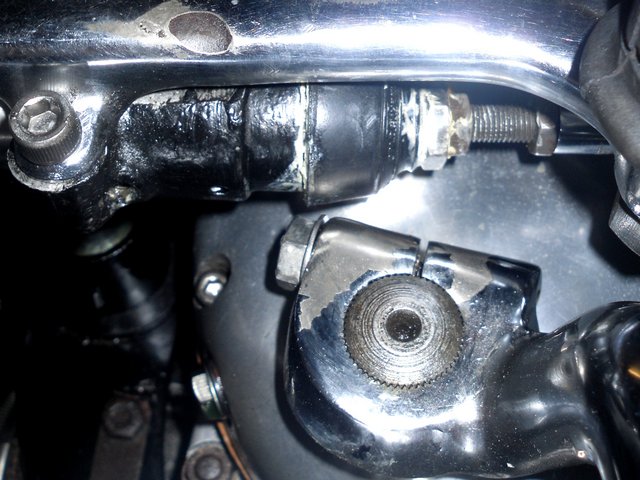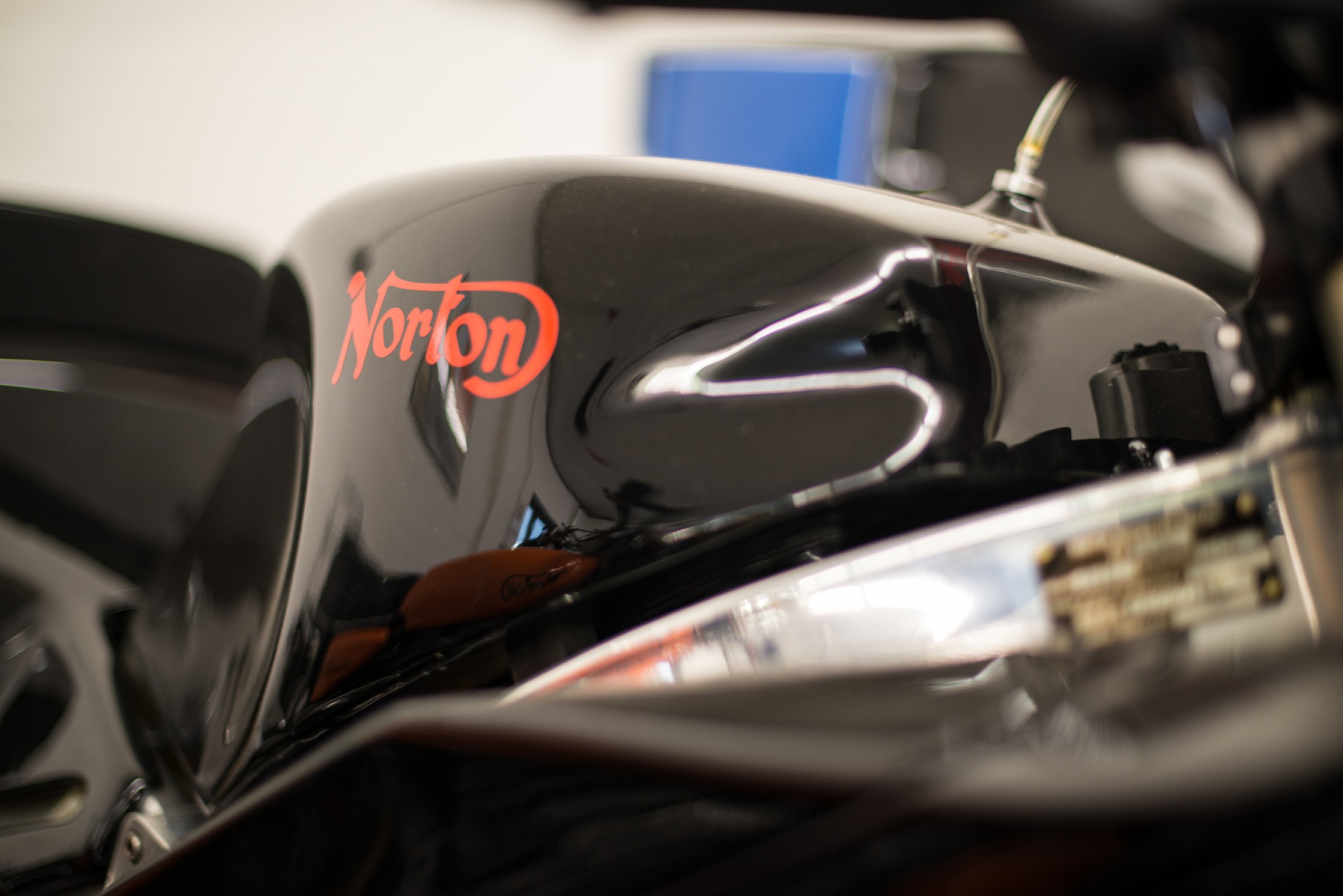Could be you have more than one problem. If you haven't already, pull a bristle out of you wire brush an poke it into the tiny, tiny relief port on the floor of the MC resovoir. You might have to remove the resovoir to access the port, I don't remember. In any case you have the classic case of the port being blocked.
The other problem may be that one of the caliper pistons is sticking. The only solution to this is to dismantle the caliper, clean the bores, install new quad-rings with proper rubber lube, clean the pistons or replace if the chrome is flaking and reassemble the unit. As the caliper is above the MC, bleeding isn't usually a problem like on the front.
Could be that the MC wasn't properly assembled. Being "new" doesn't guarantee that it is all correct. Likewise the caliper.
I also have had the internally disintegrating flex hose problem on Nortons and BMWs but not with a new hose, only after sitting unused for a long time. Not only does the hose deteriorate but it can be just fine but clogged with a mix of old brake fluid and water that has solidified.


